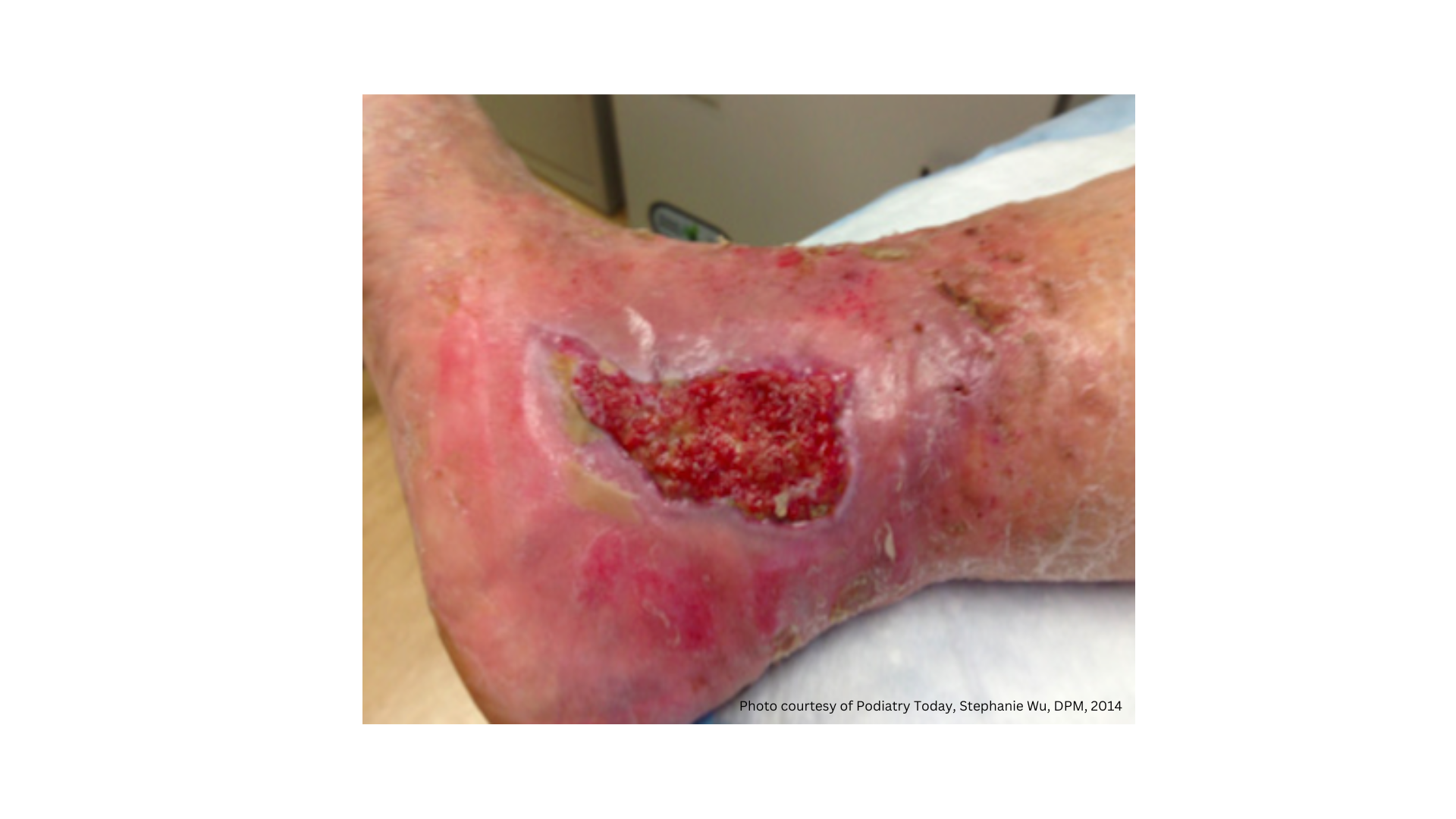The Most Common Pressure Ulcer Prevention Mistakes
July 11, 2014
By Cheryl Carver, LPN, WCC, CWCA, FACCWS, DAPWCA, CLTC
A long-term care facility is paid thousands of dollars monthly to take care of our loved ones. This should assure us to feel a healthy sense of entitlement to quality of care. So why were there more than 2.5 million pressure ulcers reported by AHRQ in 2013? The cost of treating a single full-thickness pressure ulcer can now be estimated as high as $20,900 to $151,700. Pressure ulcers are not only exceedingly costly to treat, but prevention is by far cheaper. Yet, the economic impact is poorly recognized by many in the health service, as is the ability to make massive changes for a small investment.
Common Mistakes and Oversights to Avoid
There are many tasks that the nurse and nursing assistant should perform to prevent pressure ulcers. We all know about the standard protocols: Turn and reposition every two hours and as needed, offloading heels or other parts of the body to reduce pressure, and use specialty mattresses. These are the same standard orders that nurses sign their initials to every shift worked. The mind-boggling question is, "Were these tasks followed through consistently and correctly?"
I observe the same deficits in long-term care facilities coast to coast. I often take advantage of these situations and use them as an educational opportunity. It is also evident the wound nurse must not only be the "wound care specialist," but also serve as the forerunner, assembling and monitoring the mighty skin care troupe. The most common problems I see: specialty mattress pumps set to incorrect weight or on max inflate mode, heel protectors used as an alternative to proper offloading devices, layered and wrinkled under pads used on non-powered or powered mattresses, inappropriate use of wound care products or dressings, incorrect dressing application of negative pressure wound therapy, incontinence care is not accurate or thorough, and double briefing.
Education is the Key to Pressure Ulcer Prevention
Education is the most important strategy in raising pressure ulcer awareness and prevention. It is paramount to develop an ongoing educational program on topics such as: prevention, supplies, and equipment. We must make a joint effort to participate, care, believe, and practice. The following quote by Robert F. Kennedy sums everything up:
"Few will have the greatness to bend history itself, but each of us can work to change a small portion of events. It is from numberless diverse acts of courage and belief that human history is shaped. Each time a man stands up for an ideal, or acts to improve the lot of others, or strikes out against injustice, he sends forth a tiny ripple of hope, and crossing each other from a million different centers of energy and daring those ripples build a current which can sweep down the mightiest walls of oppression and resistance."
About the Author
Cheryl Carver is an independent wound educator and consultant. Carver's experience includes over a decade of hospital wound care and hyperbaric medicine. Carver single-handedly developed a comprehensive educational training manual for onboarding physicians and is the star of disease-specific educational video sessions accessible to employee providers and colleagues. Carver educates onboarding providers, in addition to bedside nurses in the numerous nursing homes across the country. Carver serves as a wound care certification committee member for the National Alliance of Wound Care and Ostomy, and is a board member of the Undersea Hyperbaric Medical Society Mid-West Chapter.
The views and opinions expressed in this blog are solely those of the author, and do not represent the views of WoundSource, Kestrel Health Information, Inc., its affiliates, or subsidiary companies.
The views and opinions expressed in this content are solely those of the contributor, and do not represent the views of WoundSource, HMP Global, its affiliates, or subsidiary companies.








